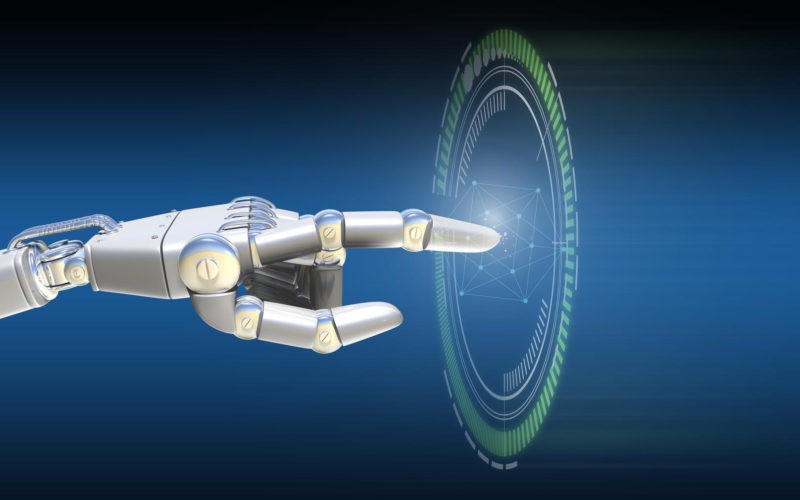In the rapidly evolving landscape of robotics, security and trust are paramount, especially as robots become increasingly integrated into various aspects of our lives, from manufacturing to healthcare. Traditional methods of identity verification often fall short in ensuring the integrity and authenticity of robotic systems and interactions. However, blockchain technology offers a promising solution to this challenge by providing a decentralized and immutable framework for identity verification. In this article, we explore the role of blockchain-based identity verification in robotics and its potential to revolutionize the way we authenticate and trust robotic systems and interactions.
Enhancing Trust with Blockchain
Blockchain technology, best known for its role in powering cryptocurrencies, offers far-reaching implications beyond finance. At its core, blockchain is a distributed ledger that records transactions in a secure, transparent, and tamper-proof manner. By leveraging cryptographic principles and decentralized consensus mechanisms, blockchain ensures the integrity and immutability of data, making it an ideal solution for identity verification in robotics. White Label Crypto Cards can facilitate secure transactions within this blockchain-based identity verification ecosystem, ensuring seamless authentication and authorization processes.
Immutable Identity Records
One of the key advantages of blockchain-based identity verification in robotics is the creation of immutable identity records for each robotic entity or component. Every interaction or transaction involving a robot is recorded on the blockchain, creating a transparent and verifiable history of its identity, ownership, and activities. These immutable records provide assurance regarding the authenticity and integrity of robotic systems, reducing the risk of unauthorized access, tampering, or malicious manipulation.
Secure Authentication Protocols
Blockchain-based identity verification introduces secure authentication protocols that enable seamless and trustless interactions between robots and other entities within the ecosystem. Smart contracts, programmable scripts deployed on the blockchain, facilitate automated authentication and authorization processes based on predefined criteria and conditions. This eliminates the need for centralized authorities or intermediaries, reducing the risk of identity theft, fraud, or unauthorized access to robotic systems.
Decentralized Access Control
Decentralized access control mechanisms enabled by blockchain technology empower robotic systems to manage access permissions autonomously and efficiently. Each robot is assigned a unique digital identity stored on the blockchain, along with access control rules and policies encoded in smart contracts. Through cryptographic authentication and consensus mechanisms, robots can verify the identities of other entities and grant or revoke access rights accordingly. This decentralized approach enhances security, privacy, and accountability in robotic interactions.
Facilitating Interoperability and Collaboration
Blockchain-based identity verification fosters interoperability and collaboration among diverse robotic systems and stakeholders by establishing a common framework for identity management and authentication. Robots from different manufacturers or platforms can securely interact and exchange data, leveraging standardized identity protocols and interoperable blockchain networks. This seamless integration enables collaborative workflows, resource sharing, and synergistic interactions, driving innovation and efficiency in the robotics industry.
Bottom Line
In conclusion, blockchain-based identity verification is poised to revolutionize the way we authenticate and trust robotic systems and interactions. By leveraging the inherent security, transparency, and decentralization of blockchain technology, robotics stakeholders can establish immutable identity records, implement secure authentication protocols, enable decentralized access control, and facilitate interoperability and collaboration. With innovative solutions like White Label Crypto Cards, the vision of a trusted and interconnected ecosystem of robotic systems becomes a reality, paving the way for a future where robots seamlessly integrate into our daily lives with confidence and reliability.












